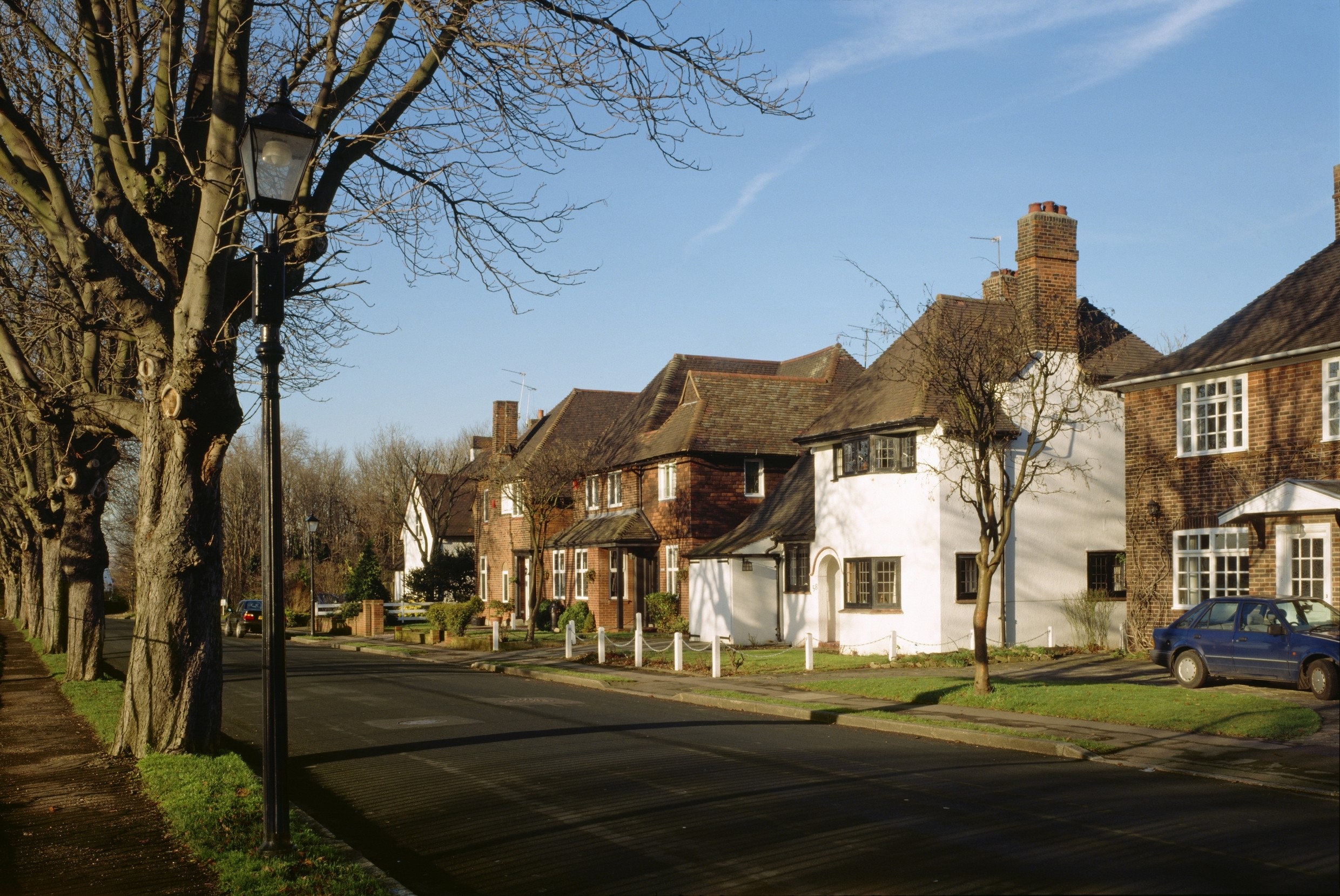Tips for Home Owners
Conservation areas exist to protect the unique character and historic interest of an area. They cover some of our most historic places, both urban and rural. People enjoy living and working in these distinctive areas so much that properties in conservation areas are valued, on average, 9% above those outside of them.
The rules for making changes to properties in conservation areas are different from both normal planning rules and those for listed buildings. Follow our tips below to help make the home improvements you want while also enhancing your area and staying the right side of planning law.
Top 10 tips
1. Understand what’s special about your building
Living in a conservation area does not mean that everything must stay the same. The protections given to conservation areas help to manage change in such a way that it conserves and enhances their character and significance. This is the important thing to keep in mind when making changes to your property.
2. Think carefully about alterations
Good design is important. Much of the character of a conservation area comes from the cumulative effect of many small details. When planning any changes, consider how they’ll affect the wider character of the conservation area.
3. Get to know the character of your area
It’s not just buildings which contribute to the interest of your conservation area. The details of boundary treatments, such as walls and hedges, are just as important to its overall character. See our webpage on living in a conservation area.
4. Look at Conservation Area Appraisals
Your Local Planning Authority may have undertaken an assessment of what’s special about the area your property is in. This may be helpful if you’re considering making any changes to your property. To find it, look for “conservation area appraisal” on your Local Authority’s website.
5. Find out if your building is locally listed
Some buildings in conservation areas may be locally listed. These buildings make a positive contribution to local character and sense of place, but are not nationally listed. They’re offered a degree of protection by the local authority, which may identify them on a list of local heritage assets.
6. Get planning permission
You need consent for more types of work in a conservation area than elsewhere. For example, adding stone cladding to the outside of your building, or putting in dormer windows would require planning permission. See our information on getting consent.
7. Ensure you have consent for demolition
In conservation areas you’ll need planning permission to demolish a building, or even certain gates, fences and walls. It’s a criminal offence to make changes to your home without the necessary permission.
8. Check your local Article 4 Directions
Local councils sometimes add to the types of alterations that need planning permission by making an Article 4 Direction. These are used to protect features particular to an area from being lost without the need for permission. Check your local council’s website for details of Article 4 coverage where you live.
9. Get consent for work to trees
You need to notify your Local Planning Authority six weeks in advance if you plan to carry out certain works to trees. Find out more about tree protection in conservation areas.
10. Carry out regular maintenance
Carrying out regular, routine maintenance is essential to minimise costs and maximise the healthy life of your building. Historic England research found that three-quarters of estate agents agree that a well maintained building in a conservation area adds to the value of property in the area. See our advice on maintaining an older building.





